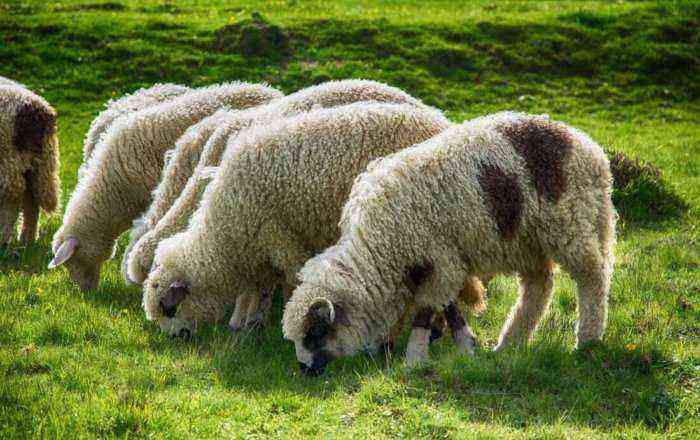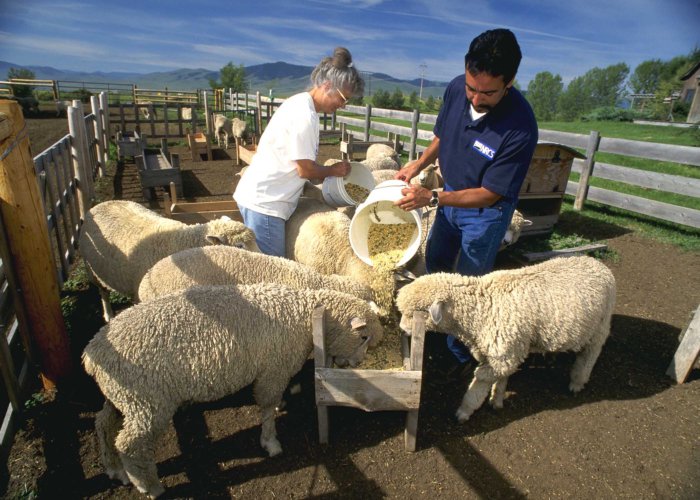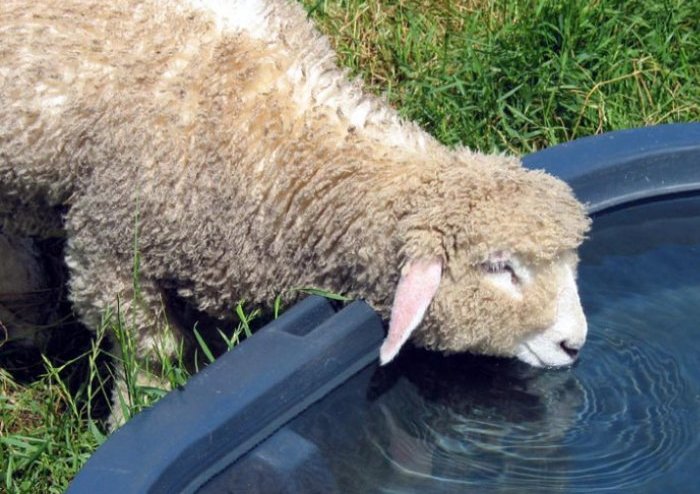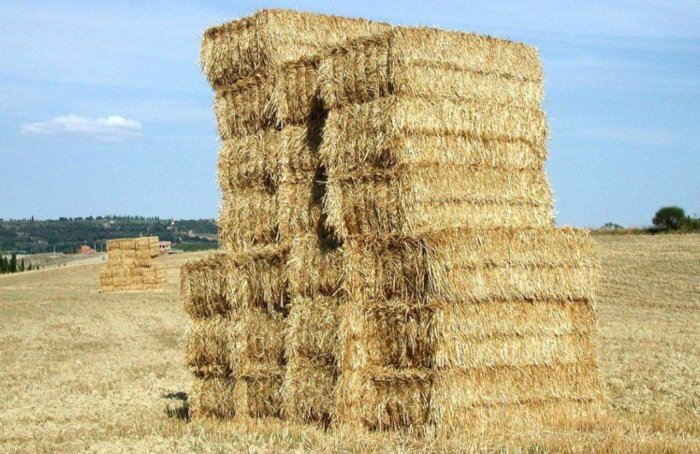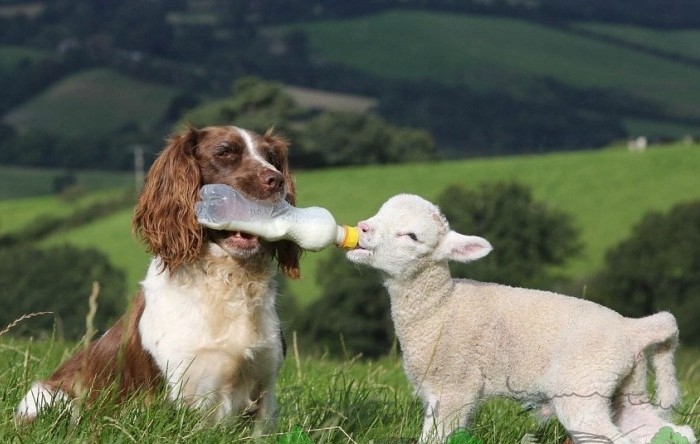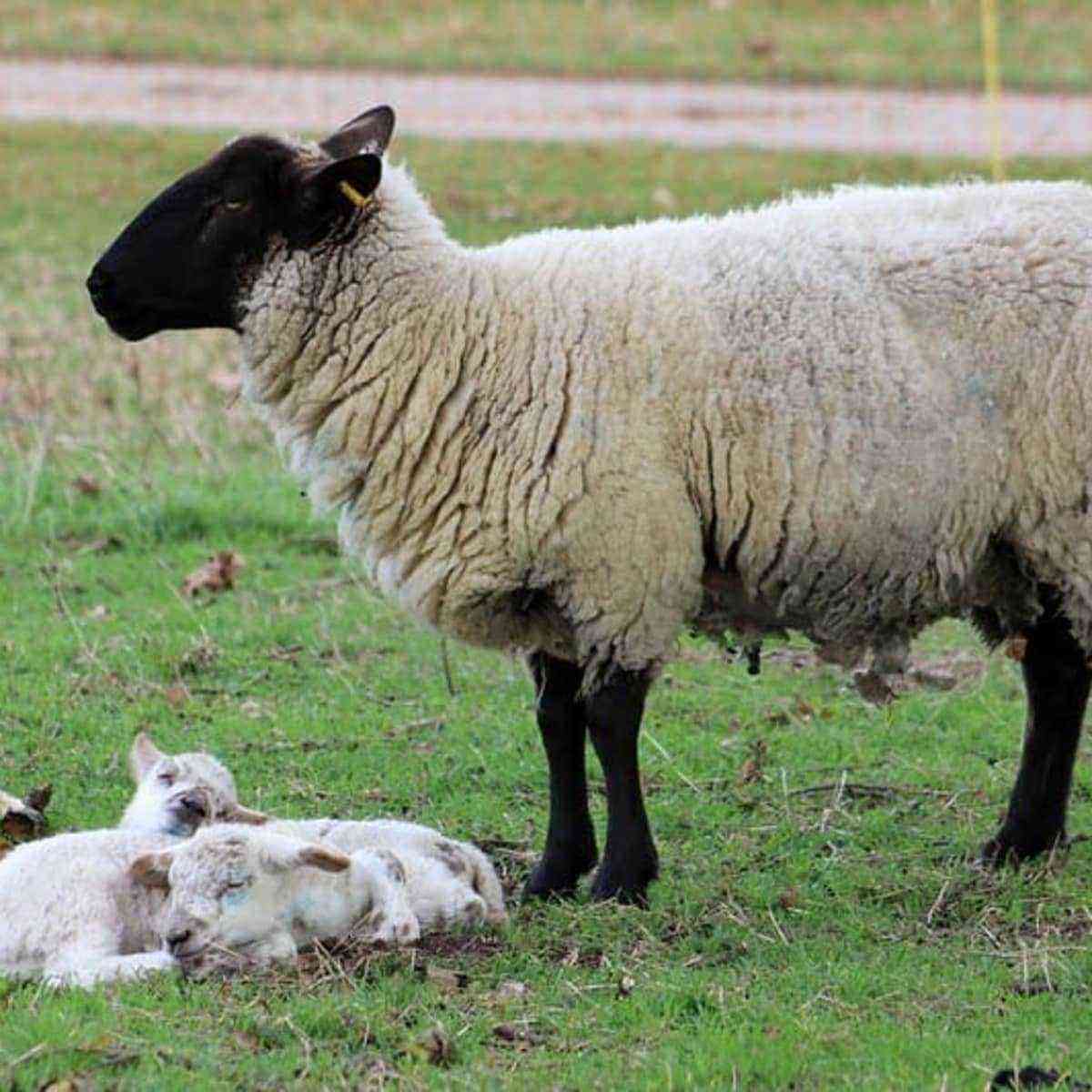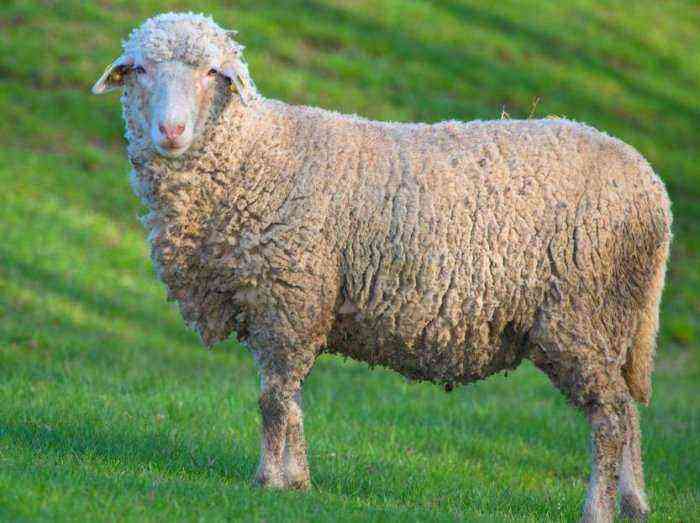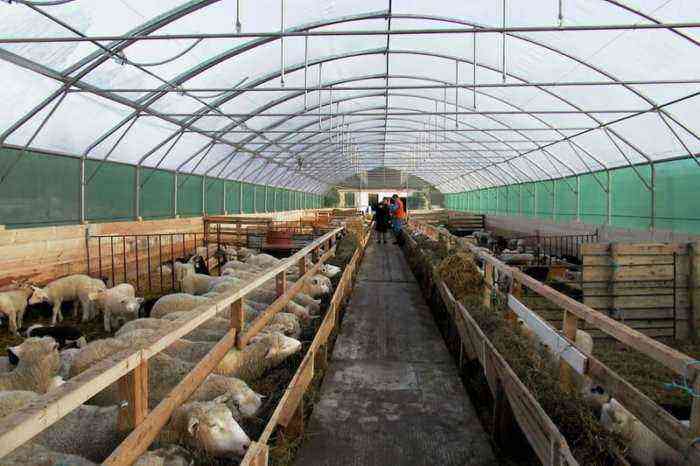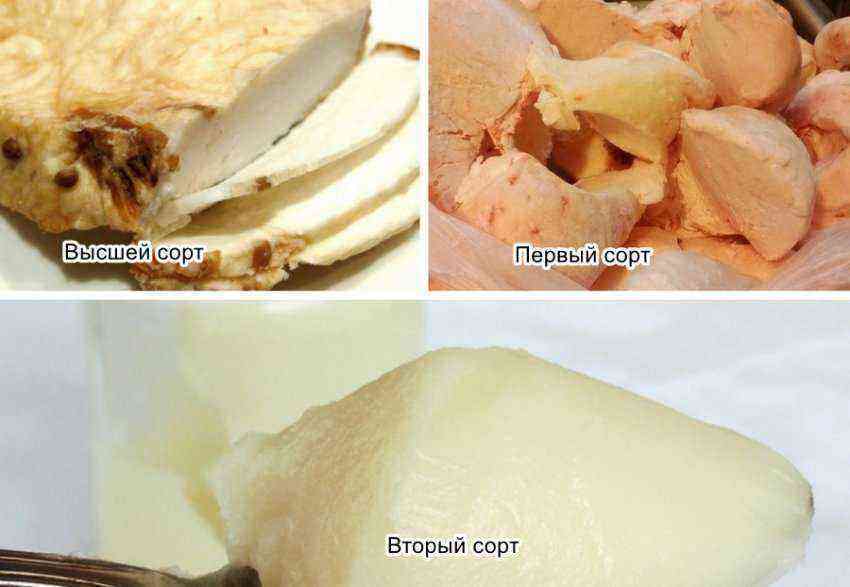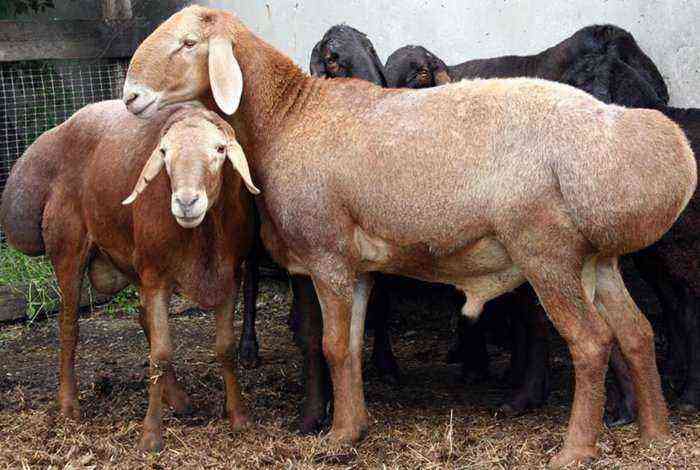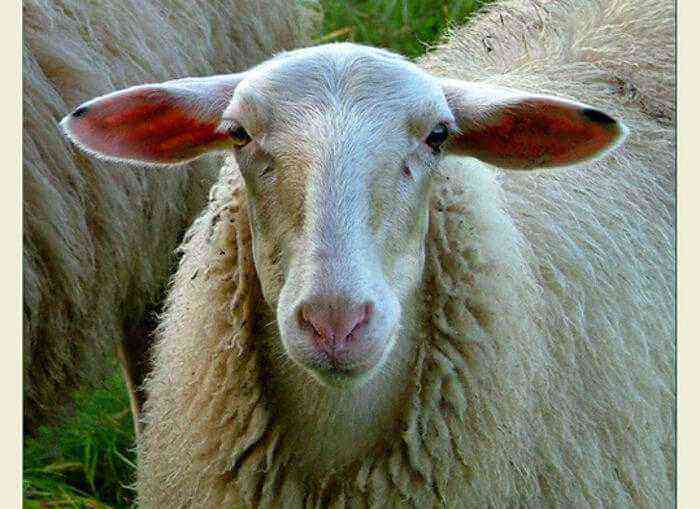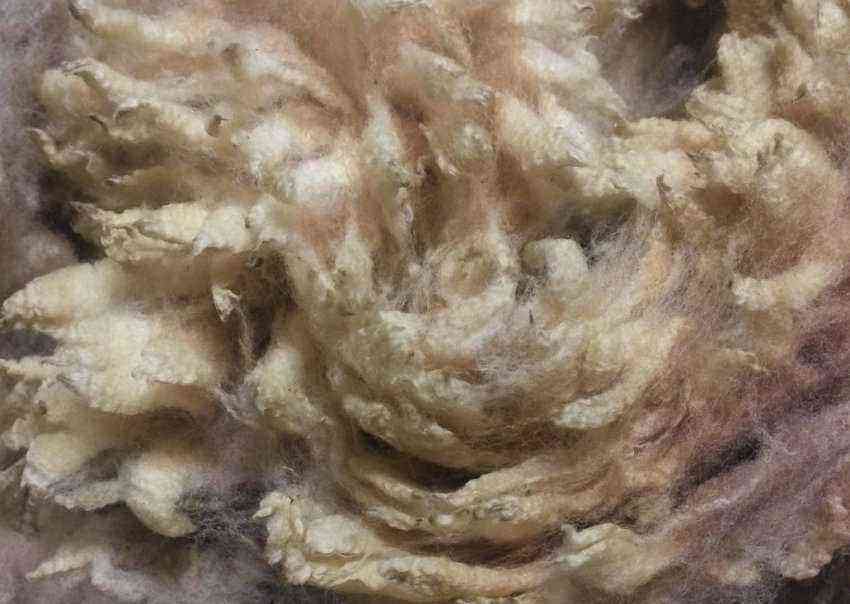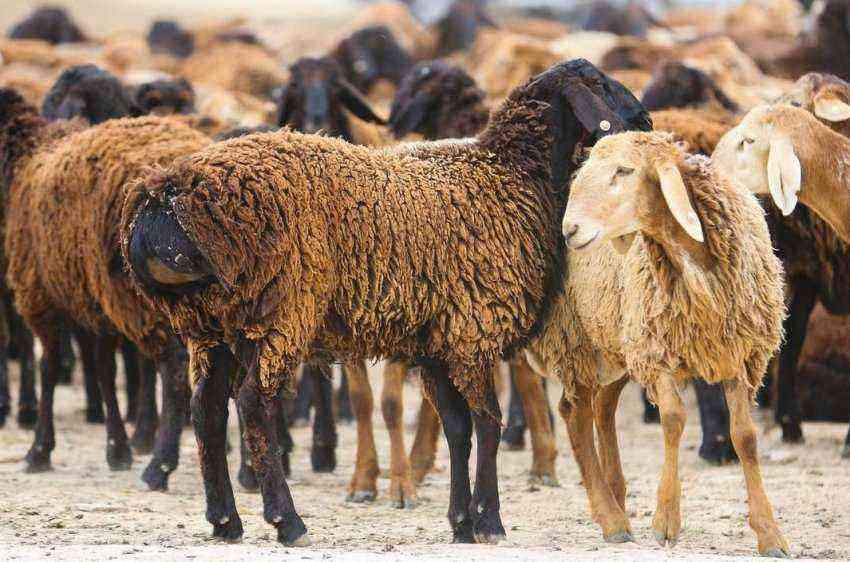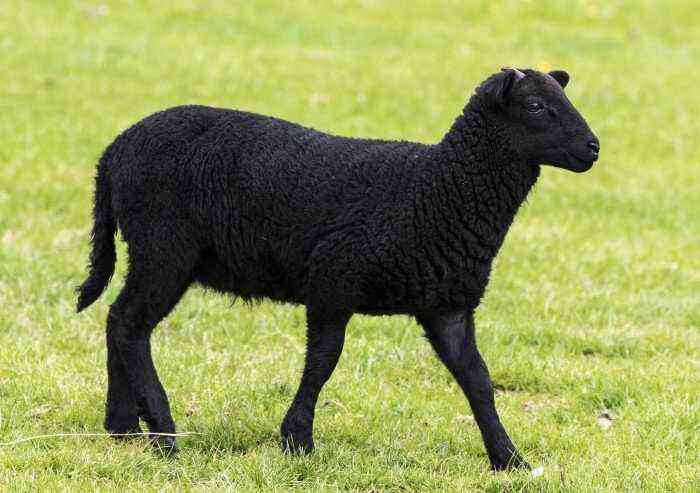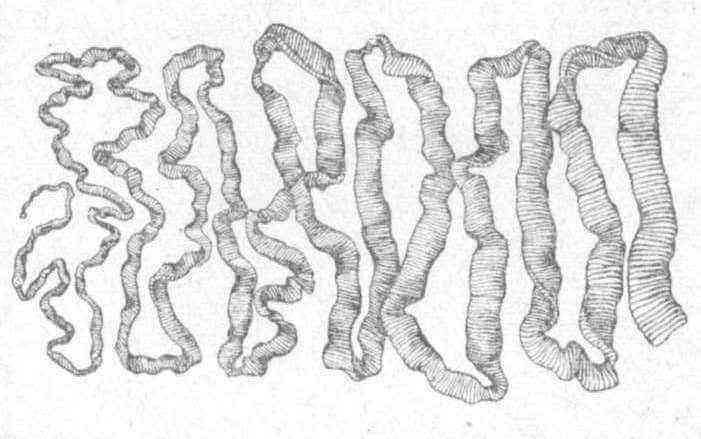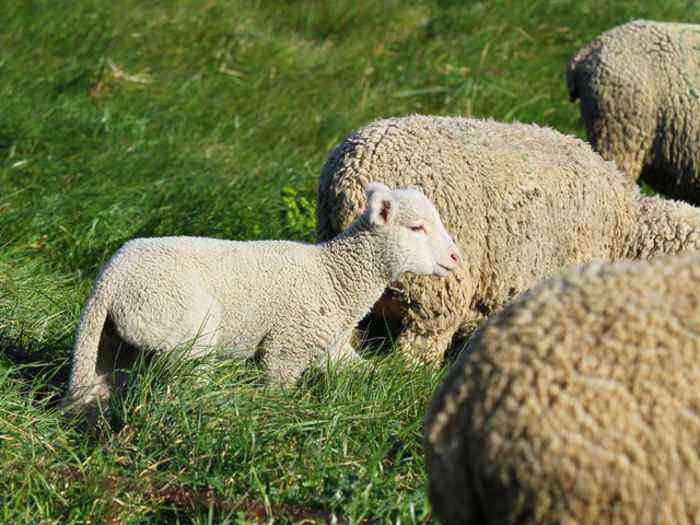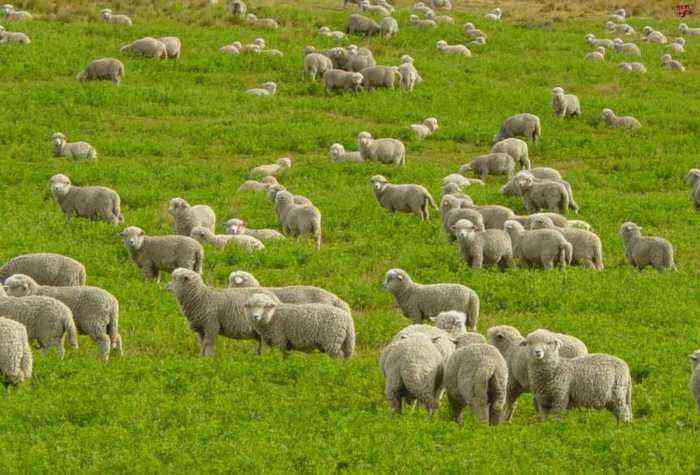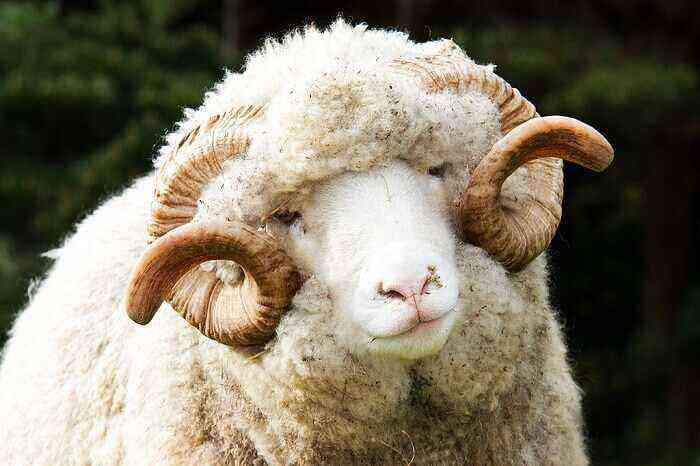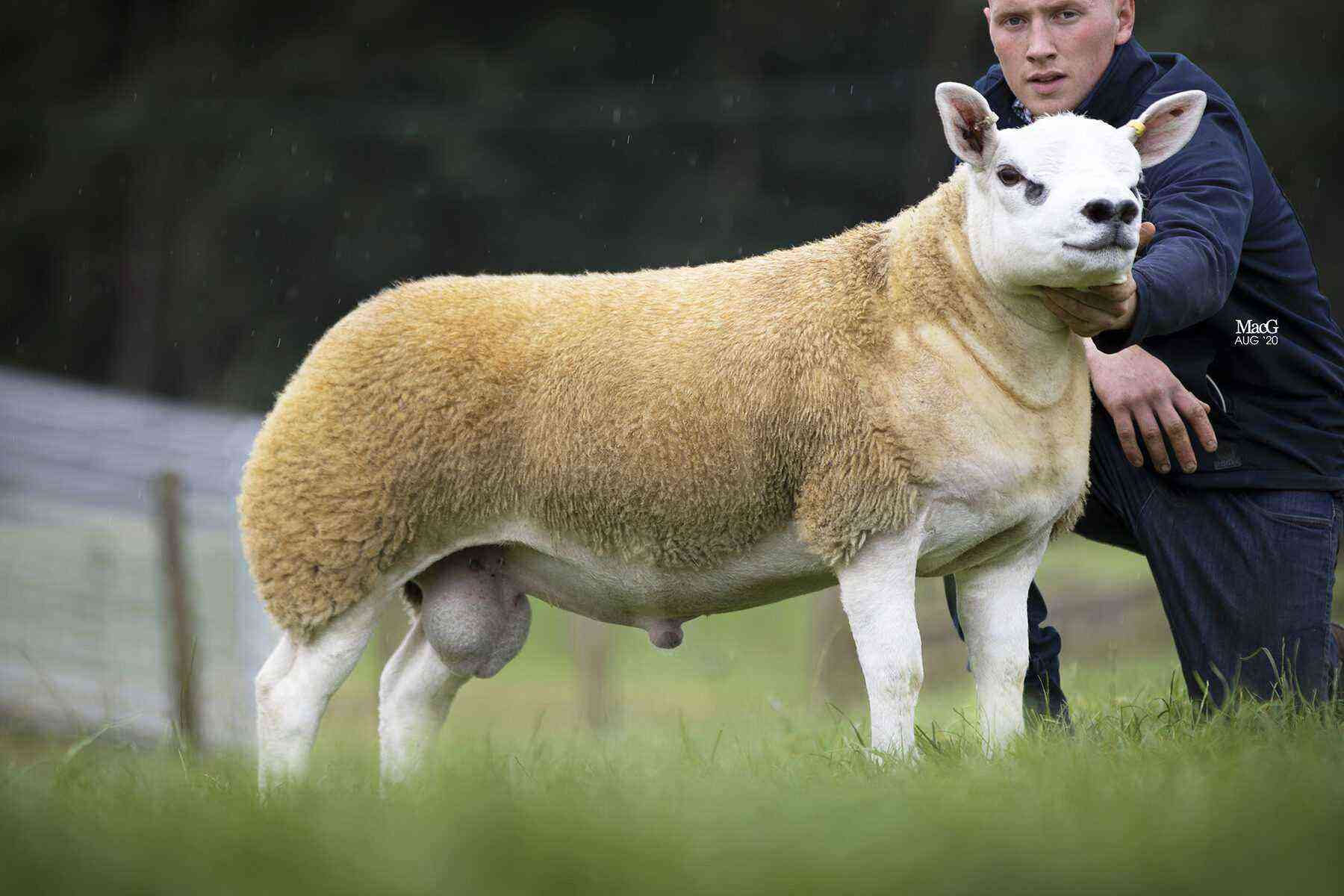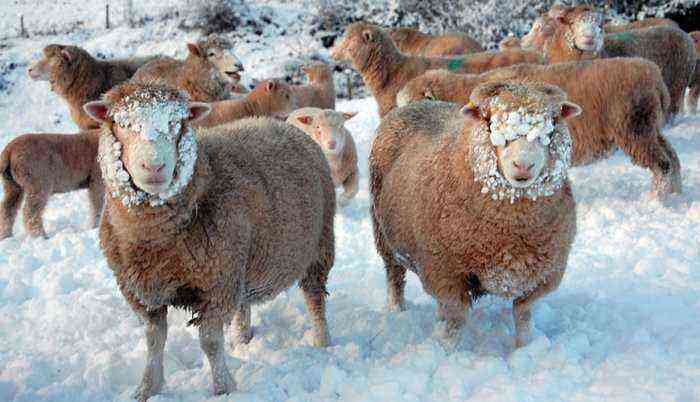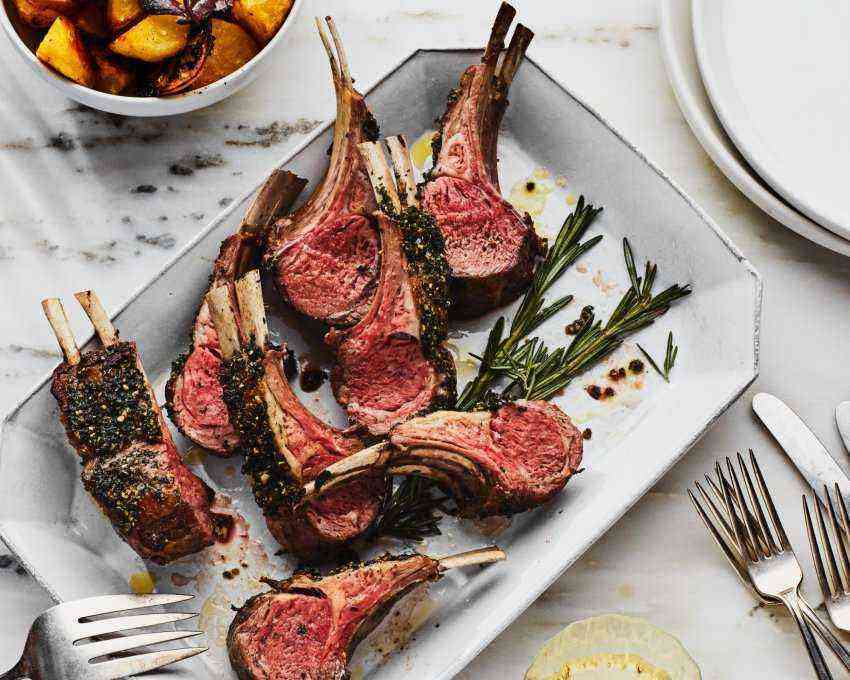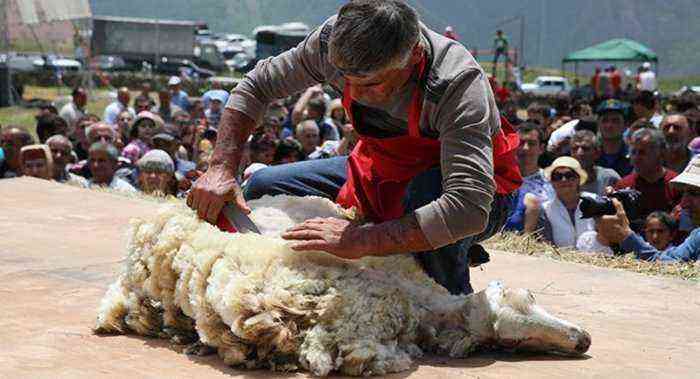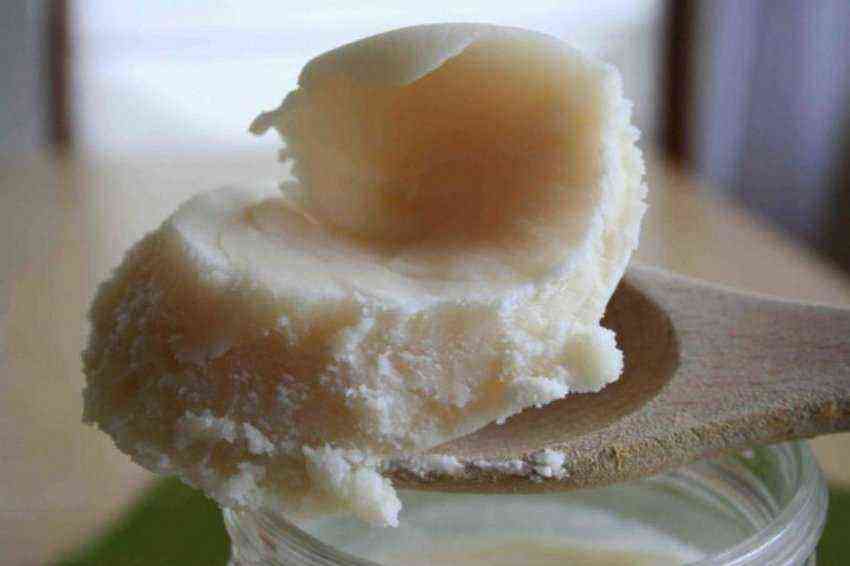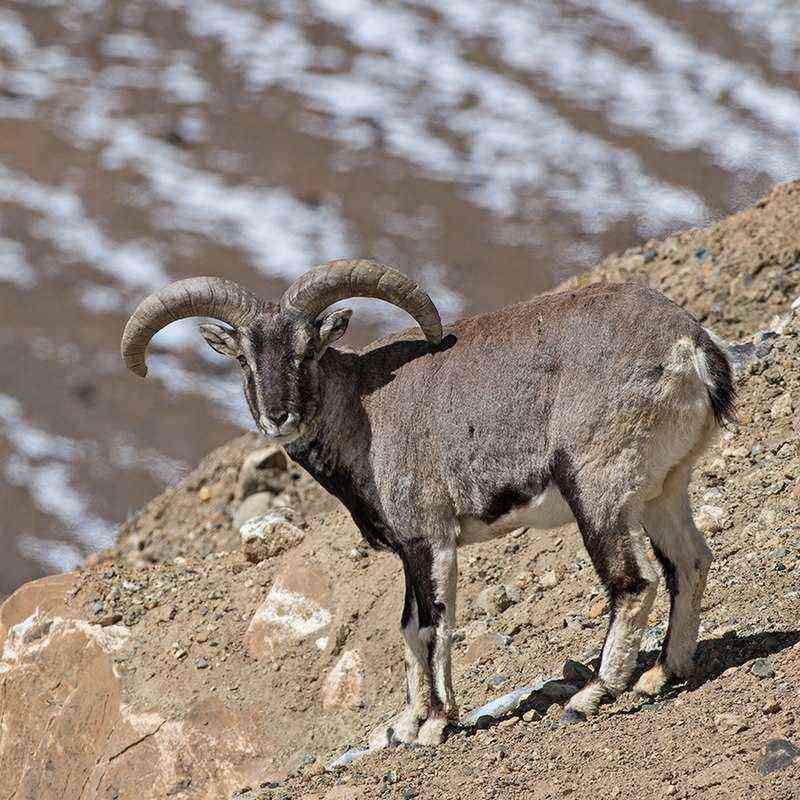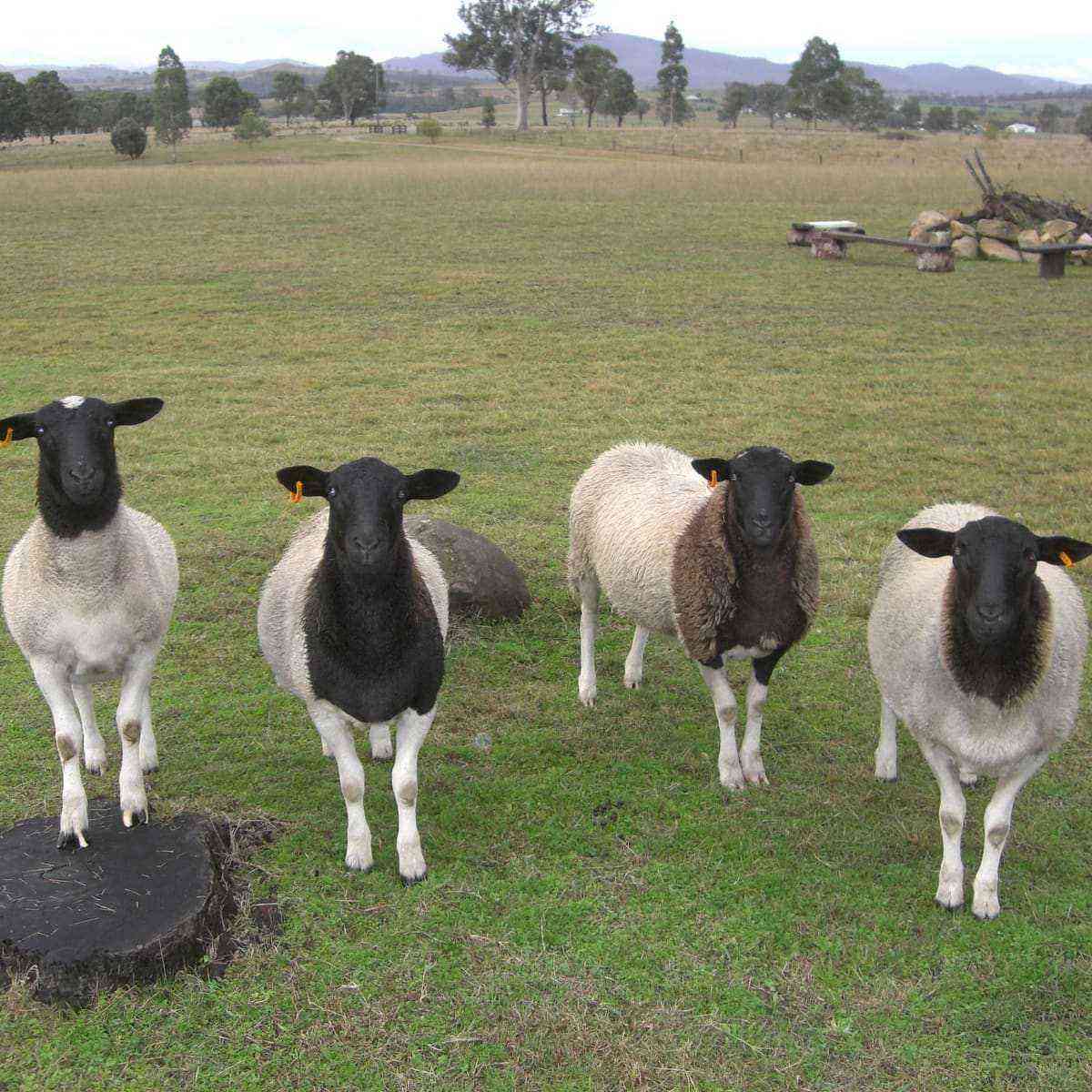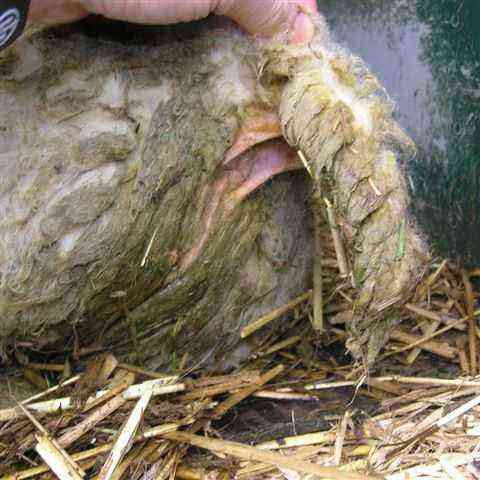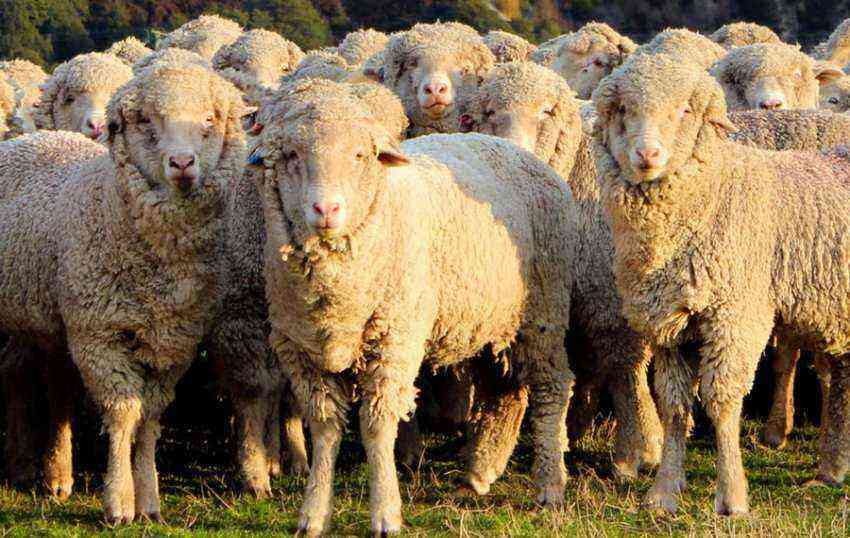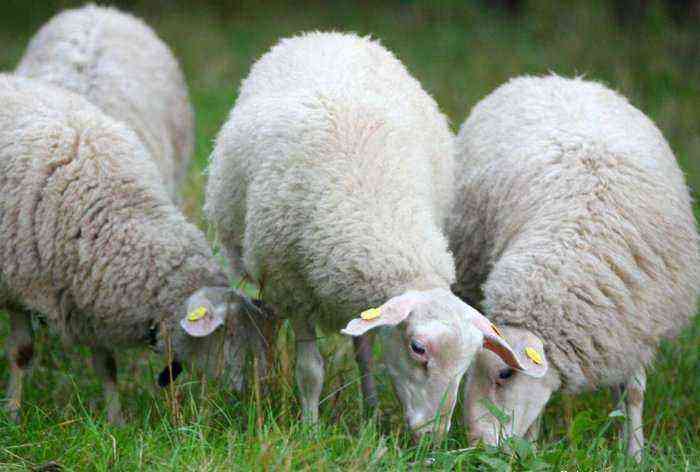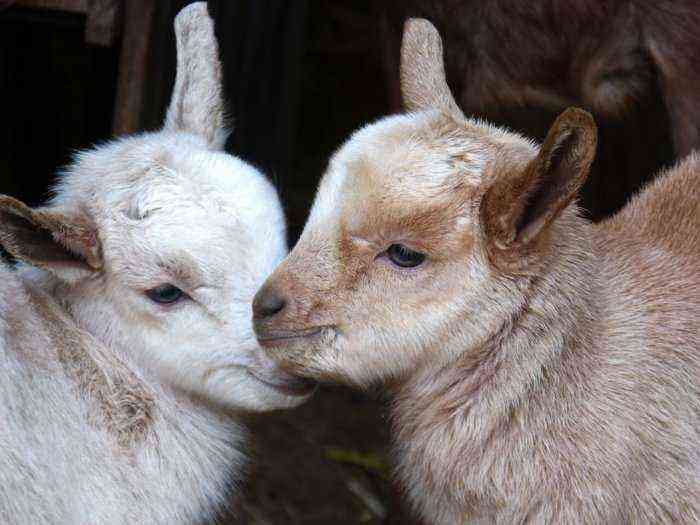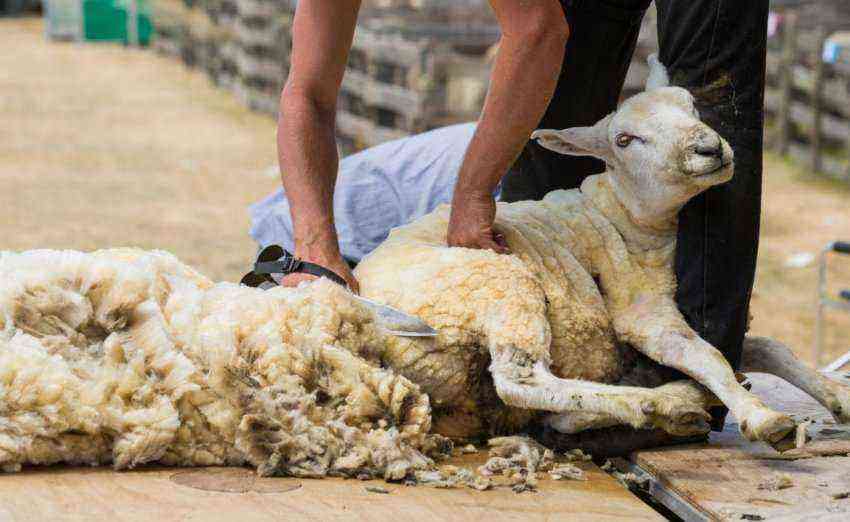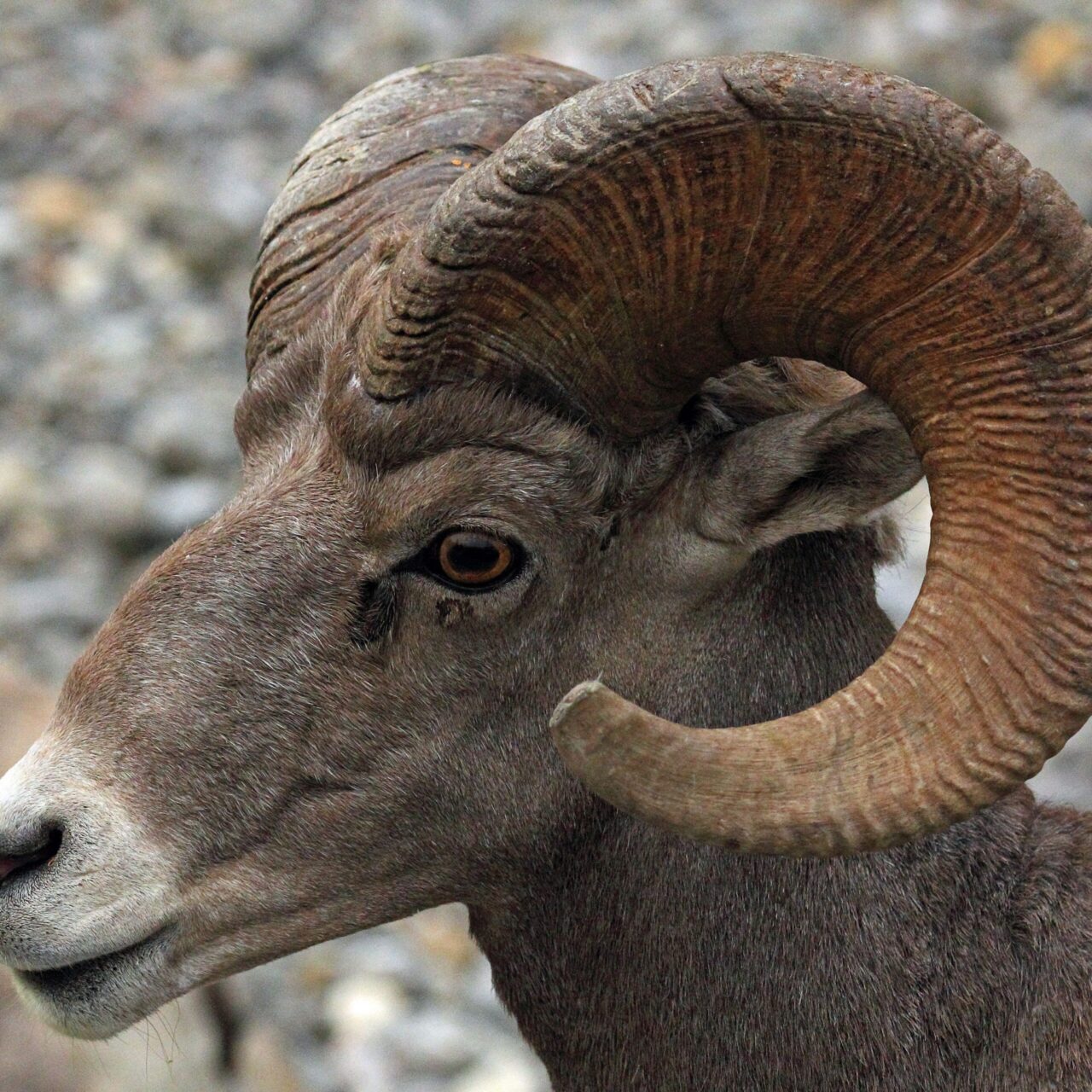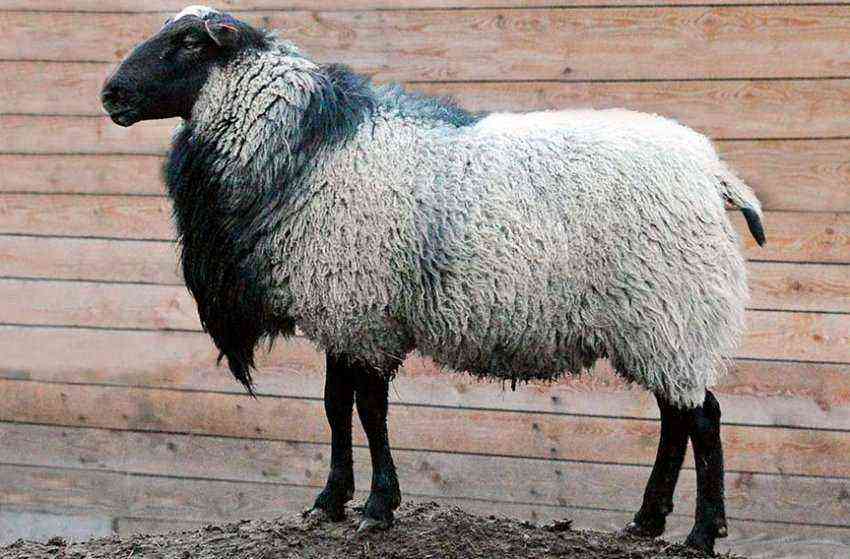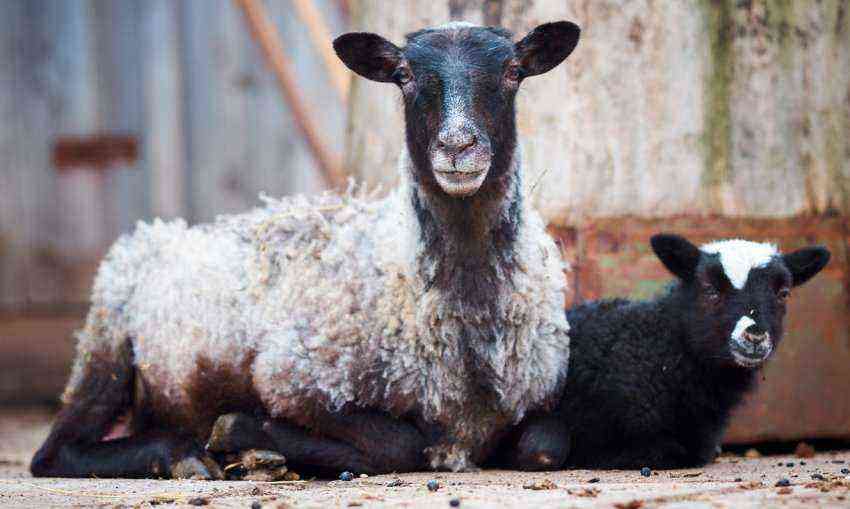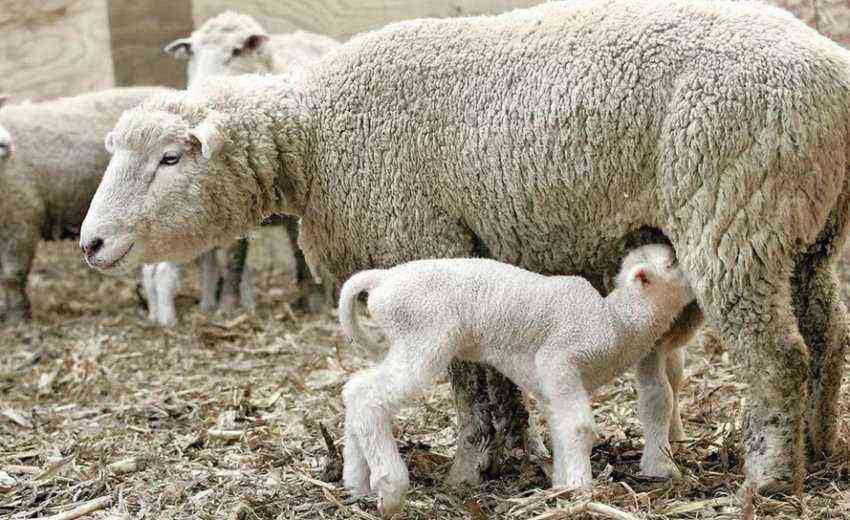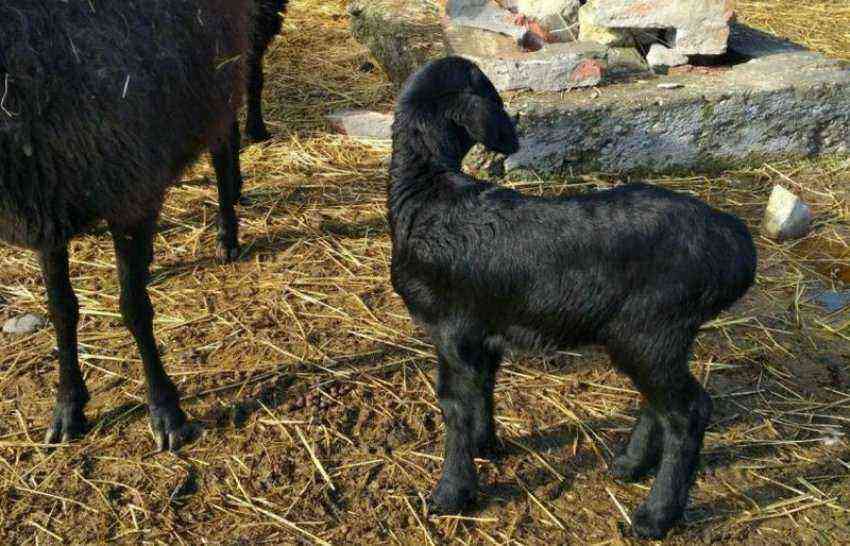Breeding sheep in domestic open spaces invariably remains one of the most profitable and, as a result, popular areas of animal husbandry. Such livestock provides the owner with significant amounts of meat, milk, and wool. But it is possible to achieve high productivity values in this regard only if the feeding of sheep is properly organized. Moreover, compiling a diet for such living creatures involves a number of nuances that not every breeder knows about.
Breeding of sheep
What do sheep eat?
Before giving specific recommendations in terms of formulating diets and feeding norms, it is necessary to become more familiar with what sheep eat in home breeding conditions. It should immediately be noted that such living creatures are quite omnivorous, and the more varied and complete its menu, the better the lambs feel.
Concentrates
Concentrated feed is one of the integral components of the diet of sheep in the winter. Such food gives the animal a large amount of energy, which is used for growth and normal functioning of the body.
But it cannot be used as the basis of the menu. Concentrated feeds alone do not contain enough vitamins and minerals to meet the needs of the body of this type of livestock. But concentrates in large quantities contain:
- cellulose;
- protein (in legumes);
- starch;
- various fats.
All concentrated feeds, depending on the origin and composition, are divided into several types:
- Cereals. Of the variety of such crops, wheat, barley and oats are included in the diet of sheep.
- Legumes. Mostly vetch and peas are used.
- Grain processing products. This category includes meal and cake of sunflower, corn, oat bran.
- Compound feed for sheep. Such mixtures suggest a more balanced composition in terms of the amount of vitamins and nutrients. Moreover, these compositions are focused on a specific group of living creatures: young, pregnant or dry lambs, sires. Therefore, when purchasing feed, it is important to pay attention to this moment.
Corn is also often used in feeding sheep. The average daily volume of concentrated feed for one sheep is about 150–170 g. For large sheep, the norm rises to 600 g.
Grass
In the summer, sheep are usually transferred to free grazing. In this case, the grass is the basis of the diet of the animal.
Lambs grazing
Such feed contains a large amount of vitamins, sufficient amounts of fiber, and in the greens of legumes there is also an increased proportion of protein. Of the variety of such food, the sheep’s diet includes:
- clover;
- wheatgrass;
- clover;
- alfalfa;
- dandelions
Cattle also eat weeds and thorny vegetation with pleasure. Limiting animals in this endeavor is not worth it. The digestive system of sheep is quite capable of digesting such food.
It is worth noting that pastures for flocks are selected from meadow areas and spacious forest clearings. Marshy areas are best avoided. Also, you should not use pasture if it grows:
- drugs;
- henbane;
- celandine;
- helmet;
- milkweed.
Attention! Such vegetation is quite capable of causing poisoning in animals. In addition, grazing should also be limited near home flower beds. Many flowers growing on them are also dangerous to the health of living creatures.
And finally, you should not graze the flock in the meadows after a heavy rain or in the early morning, while the dew has not yet disappeared. Wet vegetation is poorly digested in the animal’s rumen and begins to ferment. As a result, a large amount of gas accumulates inside the digestive system and bloating develops. And without proper veterinary care, such a disease often ends in the death of livestock.
The minimum rate of feeding grass per sheep is about 1–2 kg per centner of weight per day.
Vegetables and root crops
When implementing sheep feeding at home, many breeders strongly recommend including various vegetables in it. Sheep are happy to eat:
- zucchini;
- cabbage;
- pumpkin;
- cucumbers;
- turnip.
Root crops for sheep
Of the root crops, livestock prefers fodder beets, carrots, turnips and potatoes. On average, one animal can eat up to 4 kg of vegetables per day. They are rich in minerals, vitamins and fiber, which contribute to the growth and development of the sheep’s body. In addition, fiber normalizes the digestive tract, which improves the digestion of other nutrients.
Vegetables are fed raw to the herd. Most of the root crops also. The only exception is potatoes, which are boiled before serving. All of these products are cut into small pieces before feeding. Moreover, if the sheep does not want to eat a certain vegetable, it can be mixed into the total mass, which will make it easier to eat.
Roughage
Feeding sheep in winter, as well as in early spring, is based mainly on roughage. Such food is well stored, is highly nutritious and contains most of the vitamins necessary for the body.
The roughage includes:
- hay;
- straw;
- haylage;
- branches.
Hay
In the absence of fresh greens, high-quality hay is the main component in the sheep’s menu. During the day, rams and ewes are able to eat 3–4 kg of such feed. Moreover, it contains a large amount of vitamins and nutrients.
It is best to harvest hay from the following crops:
- Vika;
- alfalfa;
- wild peas;
- clover;
- clover;
- rump;
- wheatgrass, etc.
Such herbs are distinguished by the most balanced composition.
In winter, this type of roughage is especially valuable. It allows animals not only to nourish the body with the necessary substances, but also to overcome the lack of activity that can be traced during the stall.
Straw
Straw is also widely used in winter. But unlike hay, such food contains practically no vitamins and protein necessary for the growth of the animal. Therefore, before feeding sheep with straw, it should be remembered that it is used rather to partially fill the stomach of livestock and satisfy their hunger. The daily norm of this feed should not exceed 2,5 kg.
For feeding, it is recommended to use straw harvested from such plants:
- wheat;
- alfalfa;
- barley;
- Vika;
- oats.
Haylage
Unlike hay, this type of roughage requires a higher moisture content. The harvested vegetation is dried only by 50%, after which it is placed in sealed containers and stored in them until frost arrives.
The advantage of such food over hay is that it retains a much larger amount of nutrients and vitamins. This means that feeding haylage can significantly increase the daily weight gain of young animals in winter, as well as improve the health of adult livestock, significantly reducing the cost of succulent feed.
Sheep feeding
Branches of trees and shrubs
Branch feed also allows you to increase the nutritional value of feeding and maintain the vitamin balance of the animal in the winter. Young branches of the following tree species are suitable for feeding sheep:
- alder;
- Rowan;
- Linden;
- Apple tree;
- pear;
- poplar;
- cherry;
- Rowan;
- willow, etc.
Such food for sheep is prepared in the form of brooms, which are then dried in rooms with shade and good ventilation.
During the day in winter, the animal can eat up to 1,5 kg of branch feed.
Mineral and vitamin supplements
Various mineral supplements also play an important role in maintaining the health and productivity of sheep. One of the most popular additives in this regard is ordinary table salt. It helps to maintain water balance in the body of a sheep. Salt is given to livestock daily in the amount of 10–15 g.
No less important for the body of a sheep are calcium and phosphorus. They help to strengthen the skeleton, as well as in a number of other vital functions of the body. They fill the need for such elements with chalk and bone meal, the daily norms of which are selected based on the age and physiological state of the animal.
It is worth noting that such components are used both individually and in the form of ready-made licks, which are sold in veterinary pharmacies.
Water
During the day, the sheep must be provided with at least 4-5 liters of clean warm water. Moreover, this value may vary depending on the season. In the summer, pastures use more liquid in the heat, but it is not recommended to take water from stagnant reservoirs for this.
Water for sheep
In winter, the daily rate of fluid is determined based on the ratio of 3 liters of water for each kilogram of dry matter eaten.
Feeding rates for sheep by season
The diet of rams and sheep varies greatly depending on the season. The reason for this phenomenon is not only seasonal changes in the needs of living creatures in vitamins, but also the access of the breeder to various types of food.
Summer
In summer, the basis of feeding the sheep herd is free grazing on pastures. Fresh herbs occupy about 85% of the total diet of the animal. Moreover, the amount of greenery consumed by adult animals varies from 7 to 9 kg per day. Young growth eats from 4 to 6 kg per day. It is possible to provide the herd with such volumes of grass only in the case of 12-13-hour grazing.
The remaining 15% of the animal’s menu is divided among themselves by root crops, concentrated feed and high-quality hay. The daily norm of concentrates in the summer should not exceed 200 g.
Winter
Features of feeding sheep in the winter are dictated by the fact that livestock are transferred to stall keeping. This means that the breeder will have to set the feed for the herd on his own.
An example of a balanced menu for livestock during this period is as follows:
- hay – 4 kg per head;
- root crops and vegetables – 3 kg;
- silage 1–2 kg;
- combined feed – at least 300 g.
Be sure to supplement such a diet with mineral and vitamin supplements.
Diet and diet composition for different categories of animals
Specific norms for feeding living creatures depend not only on the time of year. The composition of the diet and diet of the animal is also affected by:
- gender;
- age;
- the presence of pregnancy in sheep.
Feeding Pregnant and Lactating Sheep
During pregnancy, a sheep needs to be provided with a particularly balanced diet, since energy and nutrients are spent not only on maintaining the body, but also on the development of the fetus. The daily ration for an animal of this category in winter will look like this:
Hay
- hay – 1 kg (the composition includes hay of cereals – 0,5-0,7 kg and hay of legumes in the amount of 250-300 g);
- straw – 0,5 kg;
- vegetables and silage – at least 3 kg per day;
- concentrates – 300 g;
- mineral top dressing – 15 g.
Attention! In the summer, a pregnant ewe makes up for all her nutrient needs by free-ranging. Top dressing with concentrates in the amount of 300–400 g is necessary only for lactating queens and sheep bearing two babies at once.
The diet of rams-producers
The diet of sheep used for breeding requires special attention. In the period free from mating, the animal should receive about 1,4 feed units per day. As soon as mating time is suitable for the producer, the nutritional value of feeding is increased to 2,4 feed units per day, due to an increase in energy consumption by the body. Enhanced nutrition for males is provided approximately 6 weeks before the expected sexual activity.
The approximate distribution of feed for a sheep is as follows:
- concentrated feed – from 40 to 45%;
- roughage – from 35 to 40%;
- vegetables, silage and grass – no more than 25%.
Covering the share of concentrates, they use turf, meal and compound feed. At the same time, their average daily volume per producer is 0,8-1,2 kg.
As roughage, it is desirable to use high-quality hay from meadow herbs in a volume of 3 kg. If there is not enough hay, it is supplemented with haylage or grass meal. Straw is used only as a last resort with a complete shortage of food.
For the period of active mating, livestock provide the following diet:
- hay mixed from cereal and legume plants – 2 kg;
- tear – about 750-800 g;
- sunflower meal – 250 g;
- carrots – 0,5 kg.
The daily menu is supplemented with 15 g of table salt. Also, 100 g of fishmeal and cow’s milk, 1 liter in volume, are used as top dressing.
Feeding lambs and rules for the introduction of complementary foods
Newborn young animals up to 2,5 months of life are fattened by the mother with colostrum. Only in those cases, if the uterus does not cope with this task, the lambs are fed by hand from a bottle with a nipple.
When the babies reach the age of two months, milk feeding is also supplemented with mineral supplements. To do this, in the stall where they are kept, they place feeders with chalk, salt and bone meal.
feeding the lamb
Approximately from the age of 2-2,5 months, bait is introduced into the diet of lambs, which consists of 50 g of concentrates. Gradually, this rate is increased, in parallel supplementing feeding with bean hay.
From 4 months, the diet of young animals is as follows:
- vegetables – 0,5 kg;
- hay – 0,5 kg;
- compound feed for young animals – 300 g;
- sunflower cake – about 100-150 g.
As a mineral supplement, 4 g of salt and 1 g of fodder sulfur are used.
From 10 months, the daily feeding norms include:
- haylage – 1,5 kg;
- hay – 0,5 kg;
- tear – 150 g;
- meal – 50 g.
The diet is also supplemented with mineral supplements.
Diet for fattening
The fattening period also involves a change in diet. This approach allows you to quickly increase the weight of the animal, getting the maximum amount of meat during slaughter.
The fattening period takes about 2-3 weeks. At this time, the daily norms of feed for the animal have the following values:
- silage – 4,5-5 kg;
- vegetables and root crops – at least 1 kg;
- hay – 0,7 kg;
- grain and compound feed – about 0,4-0,45 kg.
In the process of fattening sheep, care should be taken to ensure that the animal gains mass with a minimum increase in fat. Also, this type of feeding must be supplemented by a decrease in the overall motor activity of sheep. Only such a combination will allow rams and ewes to gain more weight and improve the quality of meat.
Conclusion
Thus, it is properly organized feeding that is the key to high productivity and good health of sheep. But such feeding can be organized only taking into account a number of important points, which include adjustments for the time of year, as well as the sex, age and physiological state of the animal. Moreover, for each case, an individual diet and nutritional norms are provided.
